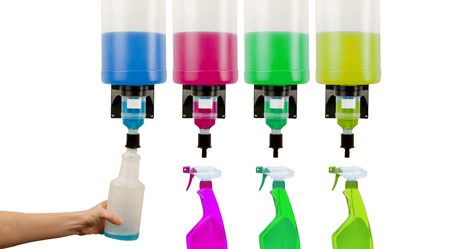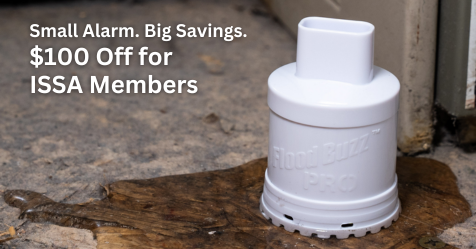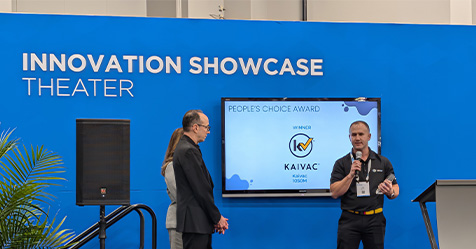New CDC Ventilation Guidelines Help Stop the Spread of COVID-19
Introducing outdoor air and adjusting HVAC systems are key to reducing viral particles
Facility managers looking to improve the ventilation in their buildings to help reduce the spread of SARS-CoV-2 and other infectious pathogens can turn to updated guidance from the U.S. Centers for Disease Control and Prevention (CDC), Med-Net Compliance reports.
Last week, the CDC issued an update on its ventilation in buildings guidelines, which lists mitigation strategies to reduce viral particle concentration in the air, including the use of temperature, relative humidity, and indoor fans.
While the list of ventilation tools and methods advised by the CDC can be universally applied across indoor environments, applying them to different building types, occupancies, and activities under environmental and seasonal changes can be challenging. It falls on the building manager, with expert consultation as needed, to identify which tools are appropriate for each building throughout the year.
Tips to improve ventilation methods in the CDC’s updated guidelines include:
- Increase the introduction of outdoor air by opening outdoor air dampers beyond minimum settings to reduce or eliminate HVAC air recirculation. Open windows and doors, when weather conditions allow, to increase outdoor air flow. Do not open windows and doors if doing so poses a safety or health risk (e.g., risk of falling, triggering asthma symptoms) to occupants in the building.
- Use fans to increase the effectiveness of open windows. Avoid placing fans in a way that could potentially cause contaminated air to flow directly from one person to another.
- Ensure ventilation systems operate properly and provide acceptable indoor air quality for the current occupancy level for each space.
- Rebalance or adjust HVAC systems to increase total airflow to occupied spaces when possible.
- Turn off any demand-controlled ventilation (DCV) controls that reduce air supply based on occupancy or temperature during occupied hours. In buildings where the HVAC fan operation can be controlled at the thermostat, set the fan to the “on” position instead of “auto,” which will operate the fan continuously, even when heating or air-conditioning is not required.
- Ensure restroom exhaust fans are functional and operating at full capacity when the building is occupied.
- Inspect and maintain exhaust ventilation systems in cooking areas. Operate them even when the specific space is not occupied, to increase overall ventilation within the occupied building.
- Consider portable high-efficiency particulate air (HEPA) fan/filtration systems to enhance air cleaning.
- Consider using ultraviolet germicidal irradiation (UVGI) as a supplemental treatment to inactivate SARS-CoV-2, especially if options for increasing room ventilation and filtration are limited.
- In nonresidential settings, consider running the HVAC system at maximum outside airflow for 2 hours before and after the building is occupied.
CMM offers HVAC mitigation strategies specific to stopping the spread of pathogens in school facilities.


